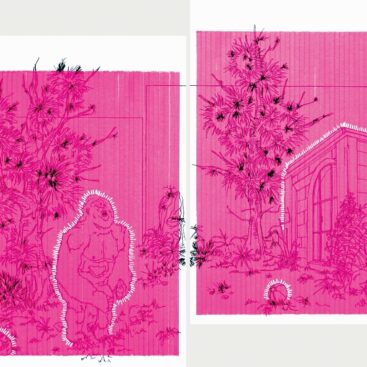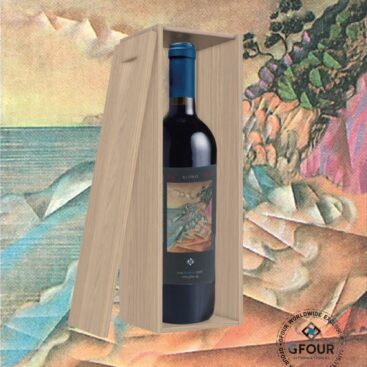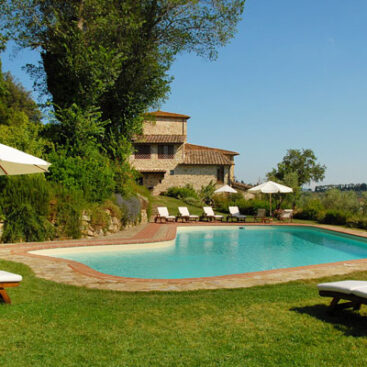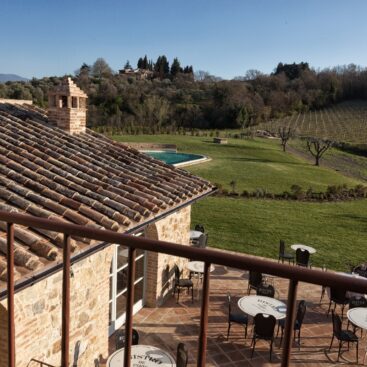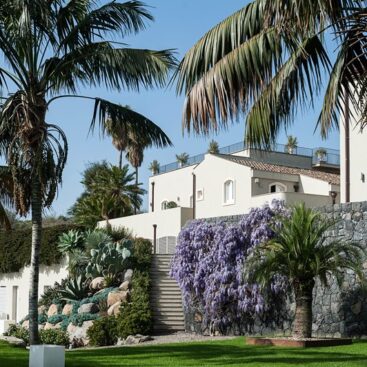Principles of Ecology of Form
PREFACE
Handouts collect the topics of the lessons inherent in the seminar Entitled ” Ecology of Form “held at the Faculty of Political Science, University of Pavia, in the Course of Urban and Rural Sociology prof. Claudio Stroppa in 1982, 1991, 1992, 1995 1996, 1997, 1998, 1999, and to date this year are the result of long active research on this topic, Strengthened by a continuous interactive link with my research as an architect, painter, and student of Urban and Rural Sociology and Philosophy of Nature, born to a specific question.
How is it That still exists today as part of the Public Administrations and of the major Universities an almost total inability (as opposed to past eras) you want to understand the formal expression (Gestalt) inherent in the various historical locations That Make up the territory? And why are not usually you Able to turn it into a cultural projective to our contemporary world?
The answer to this double question Has Both a historical reference of catastrophic, is a reference to the post-disaster behavioral attitude on the part of local communities, especially in Europe.
The ring missing
The historical reference is in the catastrophic events of the two world wars of 1914/18 and 1939/45. They, with the 30 million young people dead, have in fact stopped, in terms of generational connection of theoretical, experimental, empirical pragmatic question of Gestalt *, with direct knowledge Expressed by the creative work of the various communities across Europe.
It’s a ring missing a link. The reference to post-disaster behavioral attitude is to be available to enter the fascinating world of our working relationship with the local aesthetic Territory. And it means-in Particular to study and restore, our Contemporaries, the complex interactions with the environment that surrounds us. Become know ourselves, as in the pre-catastrophic past, actors, our specificity of the choices on the correct transformation of the territory itself. As a result, it will be necessary to rebuild and reconstruct the history of the various links, connections, relations, in a word interactions, Which intercourse between the Territory Which is a set of feasibility and human presence ‘ That, in terms of morphology, the town caratterizzata This will allow us to Reflect on the meaning of our right to live in an environment of contemporary aesthetic and the capacity crunch we were talking about before, and possible ways to overcome it…
* Gestalt(1in)
Gestaltpsycologie = Psychology of the form.
Orientation of contemporary psychology arose at the beginning of ‘900 in Germany by M. * Wertheimer, W. K ö hler **, *** K. Koffka .
He opposed Both all’associazionismio Both behaviorism, arguing That the perception captures, rather than money or juxtapositions of details, all designed according to Functional global forms.
The theory, first psychological, it was later enlarged into a general philosophical conception of the physical and biological facts (Wertheimer, K ö hler, Koffka). It Consists in considering the phenomena not as a sum of elements That it is primarily isolated, analyze, dissect, but as assemblies (Zusammenh ä 3nge) forming autonomous units, who experience internal Solidarity, and they have Their Own laws. It follows That the mode of being of each element depends on the structure of the whole and the laws That govern it. Neither physiologically nor psychologically, the element exists prior to all: it neither immediate nor the previous year; knowledge of the whole and of Its laws can not be deduced from the knowledge of separate parts That You Meet. Moreover, according to Functional this doctrine, we have for each type of phenomenon is a hierarchy of possible forms, ie, the broad meaning Given to the German word Gestalt : structure (including internal), organization, and a when conditions permit, it is determined to spontaneous transformation That goes to form a “better” (Unless the “best” form is not Already done).
°°°
Bibliography
* M. Wertheimer , Three Essays on Gestalt theory, Erlangen, 1925th
M. Wertheimer , Productive Thinking, New York-London, 1939.
** W. K ö hler , Gestalt Psycology , London, 1930.
*** K. Koffka , priciples of Gestalt Psychology, New York, 1935.
In Italian:
David Katz , The Psychology of the form , Giulio Einaudi Editore, Turin (1950).
C. Musatti , The psychology of form , The Journal of Philosophy, 1929.
C. Musatti , the empirical factors and the theory of shape , Journal of Psychology, 1930, 26, p.259.
C. Musatti , shape and motion , Proceedings of the Royal Venetian Institute of Sciences, Letters and Arts, 1937.
C. Musatti , elements of Gestalt psychology , Padova 1938.
Rignano E. , The Theory of the new German school psychological association opposed the psychological school Inglese , Journal of Psychology , 1927, 23, p.185.
Kurt Lewin , Principles of Topological Psychology , OS, Florence (1970).
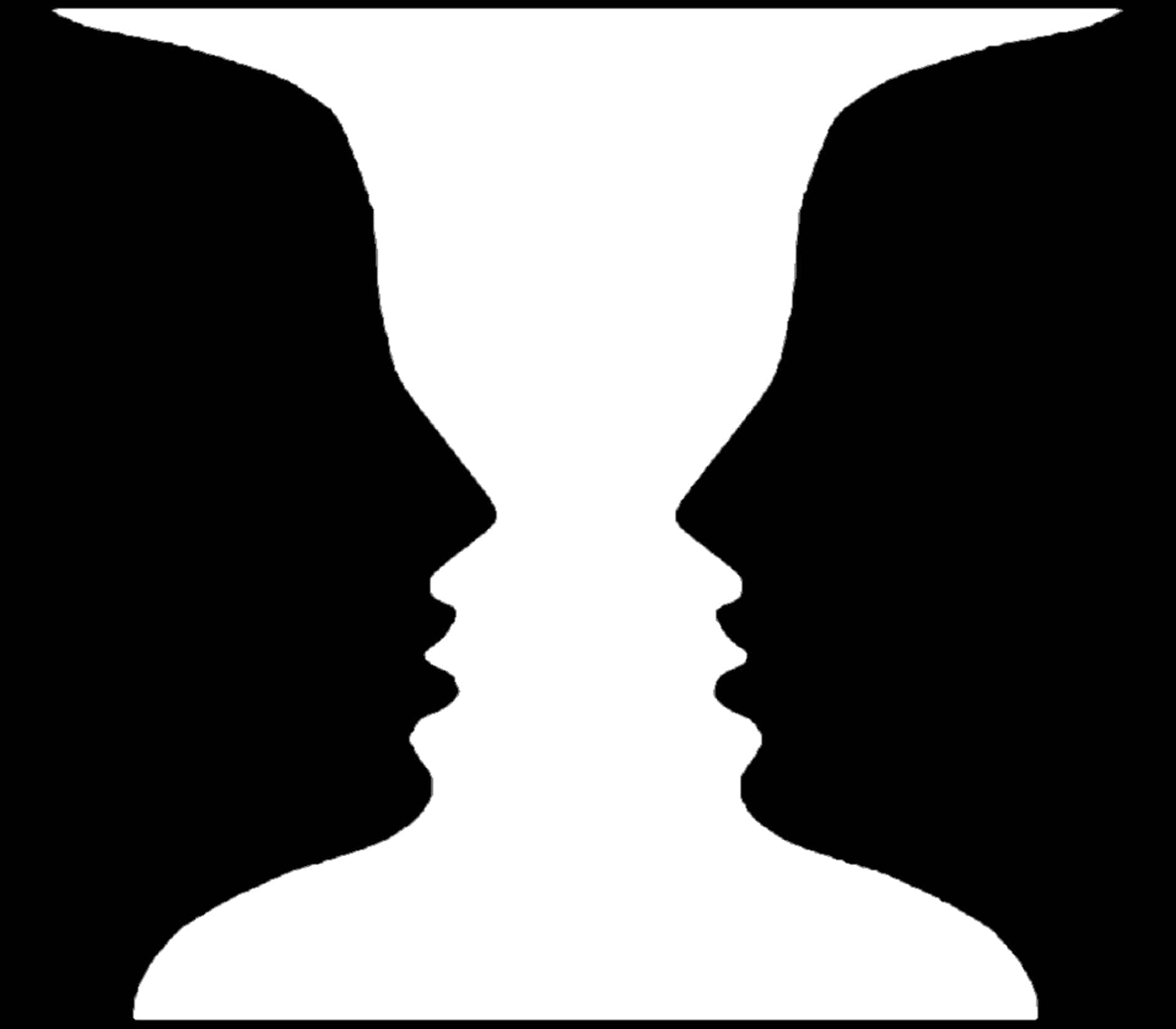
°°°
PSYCHOLOGY
Term, dating from the seventeenth century, designating the study and observation of the human soul to the nineteenth century it was Considered to philosophical disciplines, as it is to proposed as the main problem of the nature of the soul; only in sec.XIX, thanks to the Germans Weber, Fechner and Wundt, it Becomes an autonomous science with a rigorous method, similar to That of the natural sciences, Which AIMS to describe the phenomena of mental and emotional life
instincts, emotions, feelings, perceptions , memory, will, intelligence and to determinates Their conceptions.
°°°
(1in) These synthetic explanatory notes are taken from the Critical Dictionary of Philosophy Lalande dell’ISEDI -1971.
INTRODUCTION
The cosmic environment in cui we are Immersed
Before addressing the specific arguments of the morphological research in the area Should be That we are aware of the structural nature of the physical environment we live in cui. That is to say, you know, at least in the main lines, from the point of view of the laws of nature, as it is interpreted Considered and the space and time to us today.
The time interval in cui each of us is a child is defined by our path (fixed to the Earth) of about 12 revolutions around the sun. Twelve tracks along a geodesic representing an event in space-time geometric nature.
It follows That from the beginning of our life and in His formative period of adaptive evolution, there is a close connection, inherent in human nature (that is educational and Determining our whole life), between a topological space metric of the Earth Journey to the ITS around the Sun (and the Galaxy) and the physicality of the body in relation to the morphology of aesthetic territory in cui we live,
Which is composed of all the works of man. Are of an agricultural or urban or mixed and expressive components That local
communities down in time, as well as the language and sounds of the city: a whole they form what we call the landscape , Which is nothing if not the local nature of human activity and That Is what we now call the environment.
The environment in ITS physicality, I know it is a kind of historical stratification over time (number of revolutions around our star) of all morphological events operated by the local community. The task entrusted by history to contemporary through the ages, is nothing but to add (stratify) the own contribution to the work of existing community before.
From the point of view of spatial locations they have the ability to add them above, below or next to the existing one. In the first two cases is to Establish a relationship with the existing aesthetic improvement, the other to Establish a relationship with the existing aesthetic with Entirely new work, I know That All Belongs to the ITS was.
In most cases this phenomenon is dictated by the global needs and Inclinations of the social body as a whole historical Thus the body and is the author of town with all the categories, for better or for worse, Their responsibility before history.
The ‘ Ecology of the Shape is a free behavioral invention of human thought, is an interactive design disciplines, sedimented in history, communities have always applied at even unconscious but That Is inherent in each locality and is always local Existed. It ‘just like going to the genetic code of all resources used interactively by man to build your own living environment: from the materials to the expressive behavior, from the technical and construction To Those of art.
And ‘only in our time That you tried to give the concept of Ecology of Form, Which You Should better say Gestalt Ecology logical structure and to construct a sort of set of application rules.
They are based on an original physical law of nature (general relativity extended) (1) where the local curvature is equal to the Corresponding energy density : Living Beings are born along the radial to the center of the galaxy and, in Their paths around the Sun (and the Galaxy), live and evolve fixed to the geodesic Which is the geometric shape of the curved space-time. This structure morphological geometry (hence will the name of Ecology Form) Therefore is inherent in the genetic structure of living, even in and training and the DNA is crucial for our whole life.
The construction of These rules of application Has become a kind of free application methodology , Which in turn is Necessary to build, Because it is linked and interconnected with the local environmental issues, Which Vary from location to location, and Has Been Has started and found application simultaneously our activities and theoretical research on different areas of architectural design aesthetic premises.
The main problem That the shape of Ecology poses to us today in the ITS application, is to study the interactions with the environment around us and ourselves become the actors to decide on the correct transformation of the territory.
It follows That it is Necessary to reconstruct the history of the various links and exchanges of information at all levels, in a word, the interactions between the territory intercorsero aesthetic and human presence caratterizzata That the city: what to emphasize our right to live in an environment of contemporary aesthetic , where the art of Gestalt architecture must be taken at the highest level of expression environment: land and buildings.
One of the key instruments That this research uses are the formal matrices i : what local communities have Identified and retrieved at the place of settlement and later used to build progettualmente Their territory. In the application phase These matrices must be Identified, selected and processed interactively with the various components of the compositional questions Imposed by the project and then Implement ITS realization. To find out, then it must be some sort of work of decoding of this vast number That everyone perceptively traces , Both physically and mentally, in every day life .
The attitude is more favorable to decoding is to ask yourself in an interactive relationship with all the environmental components. But we must be clear on the meaning of interaction . We will have the opportunity to study this important issue again later.But as of now, That we have to point out it is primarily about the exchange of information . At all levels. Put in interactive means-to be willing to exchange information, engaging in exchange, give and receive sensory information, with people and the environment, Both from nature and from That built by man, and That Real and Virtual correlated with each other.
The role of the Visual Arts, Architecture and Philosophy of Nature
It Should first be pointed out That the morphological character of an environment and as a result of the aesthetic territory not born by chance. It depends strictly on a set of events That occur in local communities and are now Studied, shown and described by Evolutionary Systems adaptive complexes of the painting (the visual arts in general) of ‘ architecture and contemporary science in a non-linear path and interactive . This trail branches off from a cognitive aesthetics of the local area , with the representation of the pictorial art of the local communities, Resulting in the identification of a kind of vocabulary of the physical forms of locations : the representation of the morphology of the soil, the spatiality of ‘local architecture.
Taken as a whole determines the relatedness interactive with the representation of the world of contemporary science. For a better understanding of evolutionary processes related to synthesis is presented here in the four diagrams from the titles below.
1) – Evolutionary Systems (adaptive) complex interactive with the Ecology of Form.
2) – Evolutionary Processes System (adaptive) Complex of ‘Architecture in relation Ecology of Form.
3) – Process System (adaptive) Complex Painting (visual arts) in interaction with the Internal Environment.
4) – Process System (adaptive) of Theoretical Physics (Philosophy of Nature) in interaction with the environment of the Laws of Nature.


